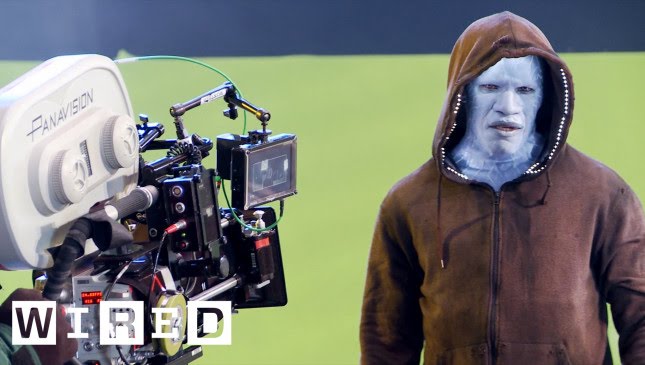The Physics of Figure Skating: Pushing the Limits of Spinning in the Air
Summary
In this article, we explore the challenges that figure skaters face in attempting to perform quadruple and quintuple jumps, with some skaters attempting to perform four spins in just six-tenths of a second. We discuss the use of motion capture technology and potential training tools such as trampolines and weighted gloves, but ultimately conclude that landing a quintuple jump may not be possible or legal.
Table of Contents
- The Quad Cork: A Staple for Snowboarders and Skiers
- Pushing the Limits of Spinning in the Air in Figure Skating
- Utilizing Conservation of Angular Momentum in Figure Skating
- Challenges Faced by Skaters in Achieving Necessary Speed and Rotation
- Potential Training Tools for Figure Skaters
- The Difficulty of Performing a Quint in Figure Skating
- Conclusion
The Quad Cork: A Staple for Snowboarders and Skiers
The quad cork, a trick involving four flips and five spins, has become a staple for snowboarders and skiers at the Olympics. However, figure skaters are also pushing the limits of spinning in the air, with some attempting to perform four spins in just six-tenths of a second.
Pushing the Limits of Spinning in the Air in Figure Skating
Figure skaters are constantly pushing the limits of what is possible in terms of jumps and spins. The quad jump, which involves four revolutions in the air, was first landed by Canadian skater Kurt Browning in 1988. Since then, skaters have attempted and landed quadruple jumps in competition, with some even attempting quintuple jumps.
Utilizing Conservation of Angular Momentum in Figure Skating
To achieve such a feat, skaters must utilize the conservation of angular momentum, which states that the closer body parts are to the axis of rotation, the faster they spin. Skaters must also generate enough speed and height to complete the necessary rotations in the air.
Challenges Faced by Skaters in Achieving Necessary Speed and Rotation
Motion capture technology is used to help skaters perfect their jumps and spins, but the difficulty of performing such maneuvers without a ramp makes it a challenging feat for figure skaters. Additionally, attempting to spin on the ice can cause nausea and disorientation, making it even more difficult to achieve the necessary speed and rotation.
Potential Training Tools for Figure Skaters
To aid in training for jumps and spins, some skaters use trampolines and weighted gloves to simulate the necessary rotation and generate more power. However, even with these aids, landing a quintuple jump may not be possible or legal due to the rules and regulations of competitive figure skating.
The Difficulty of Performing a Quint in Figure Skating
Despite the quad cork being a notable achievement, it is possible for snowboarders and skiers to perform six or more corkscrews due to their extended hang times in the air. However, spinning is incredibly challenging, even on a trampoline, and attempting to perform a quint in figure skating is at the edge of what is humanly possible.
Conclusion
In conclusion, figure skaters continue to push the limits of what is possible in terms of jumps and spins, with some attempting to perform four spins in just six-tenths of a second. The use of motion capture technology and potential training tools such as trampolines and weighted gloves can aid in training, but ultimately, landing a quintuple jump may not be possible or legal in competitive figure skating. It is important to remember the difficulty of spinning and not to underestimate the demands placed on athletes in this sport.






